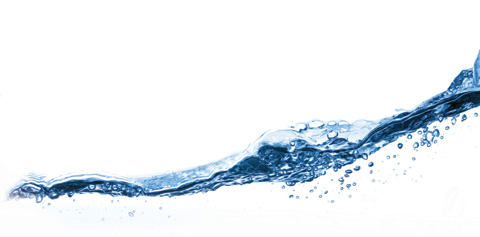Know the facts: Q&A with Go Gas
No-one wants to spend more money than necessary–especially when it comes to energy bills. Tankless water heaters are helping households to save money and are one of the smartest appliances that you can install in your home.
Traditional tank-style water heaters keep a barrel of hot water ready to go 24 hours a day, using energy and costing money. However, tankless water heaters warm only the amount of water you need and only when you need it.
“Tankless water heaters heat water directly without the use of a storage tank,” says Katie O’Neill of Home Gas.
“Therefore, they avoid the standby heat losses associated with storage water heaters. They also provide endless hot water on demand, so you’re never limited to a fixed pre-heated supply as with a tank. You’ll enjoy hot water for as long as you like. When the demand for water ceases, the unit shuts down and uses no energy, a revolutionary advantage over inefficient tank-style heaters.”
When it is taken into account that tank-style water heaters often have to switch on and off as much as three to five times an hour in order to keep the water hot, it is easy to see how much energy is saved.
Tankless water heaters are activated by a water-flow sensor, which triggers the heating sequence. The cold water enters the unit and is warmed by a heating element, or heat exchanger. The heat exchanger can be electric resistance heating coils or a gas-fired burner using natural gas or propane. Finally a bypass introduces cold water to bring the water down to the set-point temperature, which is controlled by the thermostat on the front of the unit.
Tankless systems come in two varieties–point-of-use heaters and whole-house heaters.
Point-of-use systems are small and only heat water for one or two outlets, such as your kitchen sink or shower. They are beneficial because they can be installed closer to your outlet and avoid water loss due to lag time, which is the amount of time it takes for the hot water to reach your faucet.
In large houses, the lag time can be significant, sometimes as long as several minutes. Whole-house systems are larger, more expensive and can operate more than one outlet at a time.
When deciding which system suits your home, you should consider the amount of water you will need to heat at any one time, as well as the difference between your groundwater temperature and the desired output temperature. You will also need to decide whether to plump for gas or electric.
Gas offers more savings over electric, however, it can be more expensive to install.
While saving energy is one of the biggest benefits, there are other advantages to keep in mind. Tankless water heaters offer superior quality in water over the traditional tank-style as the water in the former is never stored.
“When using a traditional tank-style water heater, rust and scale build-up can collect in the interior of the tank where the hot water you use day-to-day for bathing and drinking is stored,” Katie says.
“Tankless water heaters have no tank to store water, so you’ll always experience fresh, clean, hot water because these units heat water on demand as it passes through the unit.”
Tankless water heaters also save on space. A typical tank-style water heater takes up around 12 to 16 square feet, while a tankless water heater is roughly the size of a small carry-on suitcase.
They can easily be mounted on a wall and concealed behind a kitchen or bathroom cabinet, or even placed outside. A tankless water heater can be installed in as little as two hours, and Katie says the cost of the unit can be recouped in as little as six months.
“Users will start seeing a reduction in their power bill from day one of using a tankless water heater. Actual savings really depend on the size of the family and the amount of usage. In this case, the more you use, the more you save,” she says.
When it comes to savings, energy efficiency and water quality, the only choice for your home is a tankless water heater.






























